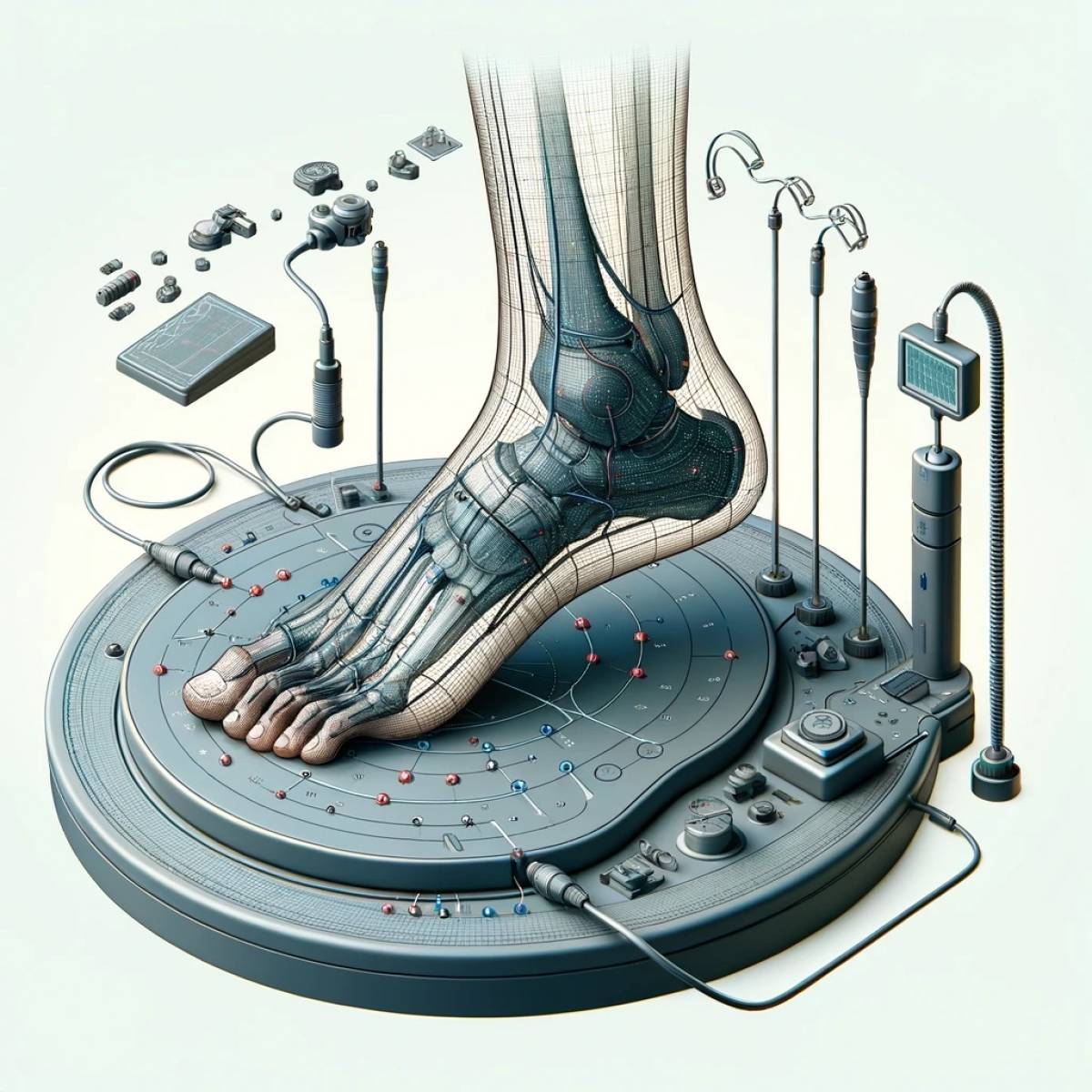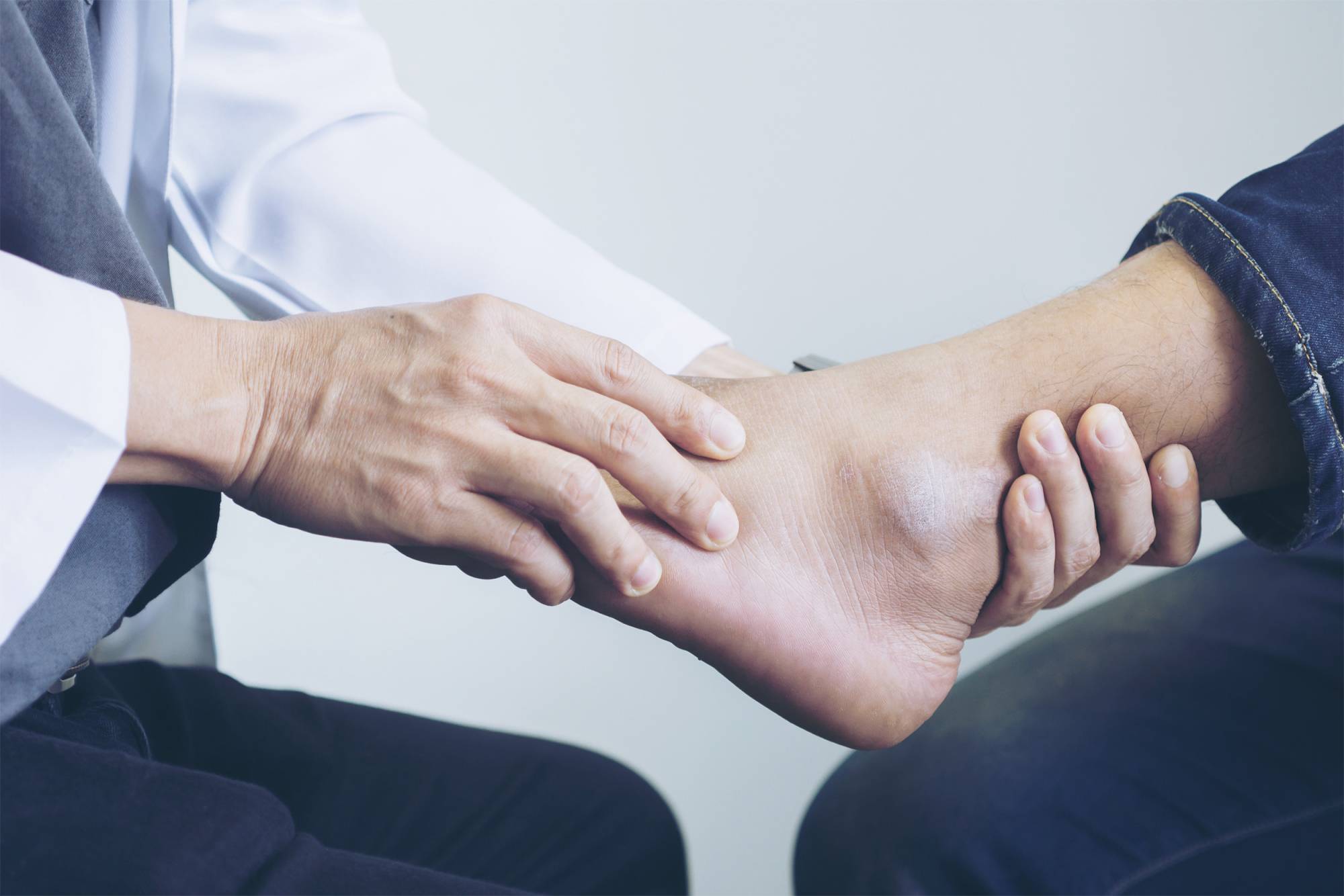Heel pain is a prevalent condition, often described by various names such as plantar fasciitis, jogger's heel, tennis heel, and policeman's heel. The most common causes of this discomfort include mechanical factors, leading to conditions like Plantar Fasciitis, Heel Spur, Sever's Disease, Heel Bump, Achilles Tendinopathy, Heel Neuritis, and Heel Bursitis.
Keywords
- Heel pain
- Causes
- Signs and symptoms
- Diagnosis
- Treatment options
- Prognosis
1. Introduction
Heel pain is a general term for pain experienced in or around the rear of the foot. It's estimated to affect about 10% of runners and is present in the general population at a similar rate. Various conditions can lead to heel pain, which may significantly impact comfort and mobility.
2. Who is Most Prone to Heel Pain?
Heel pain predominantly affects seniors, active individuals over the age of 40, and children between ages 8 to 13. Factors like decreased elasticity of the plantar fascia, obesity, and certain lifestyles or occupations can increase the risk of developing heel pain.
2.1. Etiology of Heel Pain
The causes of heel pain are varied, with biomechanic factors being the most common. However, other causes like injury, neurological conditions, and systemic diseases also play significant roles.
2.2. Common Causes of Heel Pain
Conditions such as Plantar Fasciitis, Heel Spur, and Sever's Disease are among the primary culprits behind heel pain, each associated with different factors and requiring specific approaches for management.
3. Symptoms and Signs of Heel Pain
The symptoms of heel pain can vary but often include severe discomfort in specific areas of the foot, tenderness, swelling, and changes in walking patterns or mobility.
4. When to Call a Doctor About Heel Pain?
It's recommended to consult a healthcare professional if heel pain persists, worsens, or if the cause of the pain is unknown, to ensure proper diagnosis and treatment.
5. Diagnosis
Diagnosis of heel pain typically involves a clinical examination, patient history, and may include imaging studies like x-rays or MRIs to determine the specific cause.
6. Physical Examinations
During a physical examination, a healthcare provider will assess the foot's condition, including checking for tenderness, swelling, and any abnormalities in foot posture or function.
7. Radiology
Imaging tests can help identify structural causes of heel pain, such as calcaneal spurs or Achilles tendon issues, aiding in the accurate diagnosis and management of the condition.
8. Prevention and Treatment
Preventing heel pain involves maintaining a healthy weight, choosing the right footwear, and proper management of existing foot conditions. Treatment varies based on the underlying cause but often includes rest, physical therapy, medication, and in some cases, surgery.
9. Conclusions
While many treatment options exist for heel pain, the effectiveness of each can vary. Prioritizing foot health, including the selection of supportive footwear, is crucial in managing and preventing discomfort.

 Prendre rendez-vous
Prendre rendez-vous



